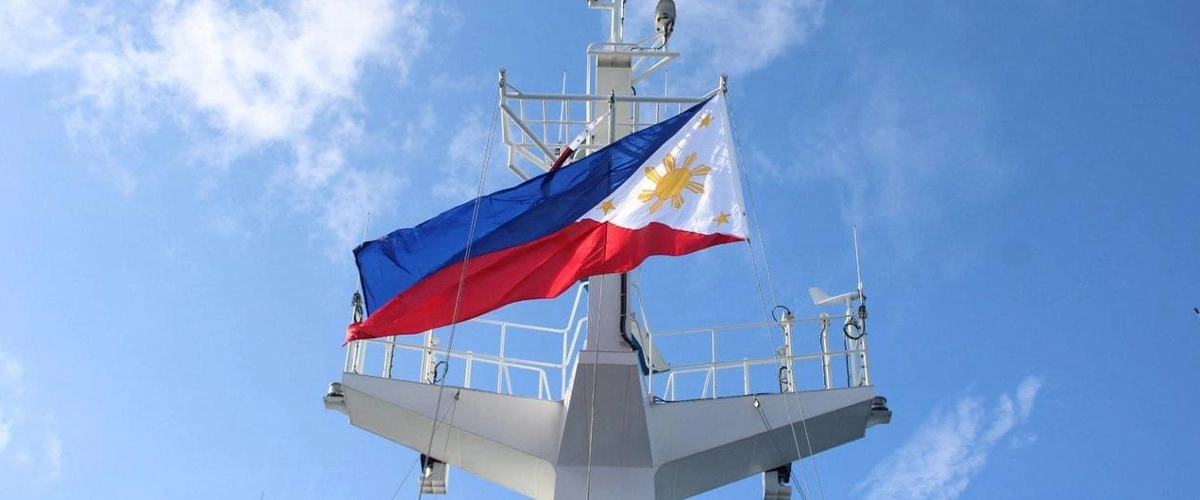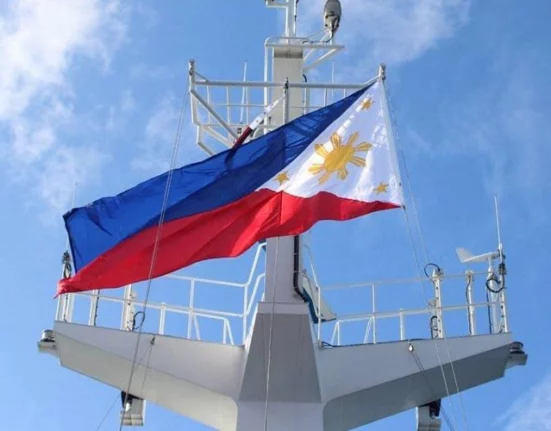NEWS after news of the West Philippine Sea incidents is being heavily broadcast for the past few weeks and even if the situation is something that’s been happening for years—the situation within the Philippine economic zone is not near to its end.
Recently, tensions within the area continue to escalate as the Philippine Coast Guard continues to face harassment from the Chinese Coast Guard.
From using a water cannon to draw the Philippine boat off to piercing the Philippines’ inflatable boat and throwing off tear gas just to draw the Filipinos off the territory.
While most of us are aware with what is currently happening in the West Philippine Sea, how exactly are we familiar with the importance of it for our country? What exactly does it hold that makes it so significant in the country?
The West Philippine Sea
The West Philippine Sea is a 200-nautical mile exclusive economic zone where it claims the waters surrounding the western portion of the Philippine archipelago.
On September 5, 2012, the area was formally named “West Philippine Sea” under Administrative Order No. 29 with Section I—signed by late Philippine president Benigno Aquino III.
The West Philippine Sea includes the areas of the Luzon Sea, the waters around and within and adjacent to the Kalayaan Island groups (KIG), and the Scarborough Shoal which is also known as “Bajo de Masinloc.”
The larger body of water known as the South China Sea is sometimes referred to as a semi-enclosed sea. The sea is bordered by China and Taiwan, to the east by the Philippines, and Vietnam, Malaysia, Singapore, Indonesia, and Brunei by the west and south.
Adjacent to the South China Sea are the Gulf of Thailand and the Gulf of Tonkin.
Meanwhile, scattered geographic features abound over the South China Sea, the most notable of which are referred to globally as the Spratly Islands, Paracels, Macclesfield Bank, and Pratas Island.
Scarborough and Ayungin Shoal
We’ve heard about the Scarborough and Ayungin Shoal when hearing about the West Philippine Sea especially when it lies under the topic of the Philippines’ and China’s dispute.
The Scarborough Shoal is a triangular coral reef formation which surrounds a lagoon. The area is known for its rich waters and marine resource, and is 124 nautical miles off Masinloc, Zambales.
Meanwhile, Ayungin Shoal is a submerged reef in the Spratly Islands and is located 105 nautical miles west of Palawan.
Both shoals are within the country’s 200-mile exclusive economic zone (EEZ) meaning that the country has a right over the economic resources of the sea, seabed, and subsoil.
China’s invalidated nine-dash line claim
China’s claim of the territorial sea was news as according to retired Supreme Court Associate Justice Antonio Carpio, China only began to claim the other island in the country in 1947 when it published its nine-dash line map.
During the time, China didn’t have an official name for the Scarborough Shoal until 1915.
Carpio took note that the has always been part of the Philippine territory since 1734, when it was called “Panacot.”
“The official maps of the Philippine territory during the Spanish regime, starting from 1734, 1808, until 1875, that’s just a few years before the Paris Treaty of 1898, all show that Scarborough Shoal is part of Philippine territory,” Carpio said.
Before the PCA in 2013, the Philippines contested China’s legal foundation for its extensive South China Sea claim. However, eight years ago–the Permanent Court of Arbitration (PCA) in The Hague, Netherlands disproved China’s nine-dash line claim over the South China Sea.
Despite the Philippines winning the landmark arbitration case that invalidates China’s claim of territory–the Chinese foreign ministry said that they do not accept nor recognize the Philippines’ South China Sea Arbitral Tribunal ruling from 2016.
Up until today, China does not recognize the ruling–claiming sovereignty over the Scarborough Shoal which they refer to as “Huangyan Dao” that treats the part of Zhongsha Islands.
The attacks
The Philippines has been sending rotation and resupply missions to the BRP Sierra Madre ever since the government of the Philippines created the outpost.
This has caused conflict in the waterways that are under dispute.
Among the tensions include: installing barriers within the area and aiming water cannons toward the boat of Philippine Coast Guard
One of the events happened in October 2023 when a boat contracted by the Armed Forces of the Philippines (AFP) headed to the Ayungin Shoal for resupply collided with a China Coast Guard (CCG) vessel.
The National Task Force for the West Philippine Sea (NTF-WPS) denounced the activity, calling it “dangerous, irresponsible, and illegal.”
Meanwhile, the CCG asserted its “indisputable sovereignty” over Ayungin, claiming that it was simply “lawfully” preventing the Philippine vessels from transporting “illegal construction materials” to the BRP Sierra Madre.
Another Philippine ship that was transporting supplies to Filipino troops stationed at the BRP Sierra Madre was hit by CCG ships using water cannons as it approached Ayungin Shoal in March 2024, resulting in “heavy” damage.
The water cannon incident later injured 3 navy personnel.
In June, a video by AFP showed Chinese spies snatching the supplies that was airdropped for Filipino forces on BRP Sierra Madre.
We should fight for the West Philippine Sea
Aside from being part of our territory, the West Philippine Sea also serves as a livelihood for Filipino fishermen. The sea also serves as a critical source of livelihood and symbolizes sovereignty.
Fighting for what is ours is something that should be seen to be crucial as it is part of our national identity.









